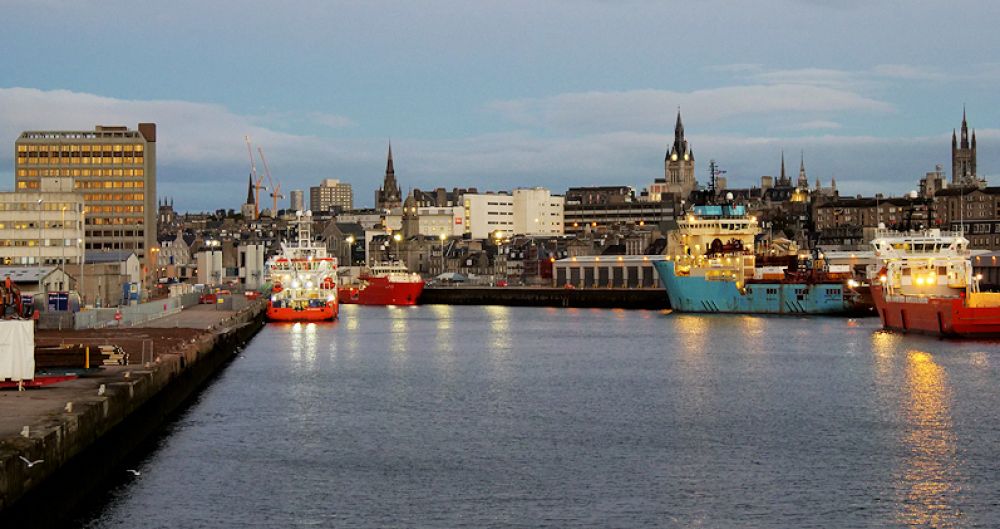

The roots of tourism in Aberdeen, affectionately known as the 'Granite City' due to its many enduring granite buildings, can be traced back to the Victorian era. During this time, Aberdeen emerged as a popular health and wellness destination for the affluent class. The clean sea air and the establishment of the Aberdeen Baths in 1850, which offered sea bathing facilities, attracted visitors from across the United Kingdom.
In the early to mid-20th century, Aberdeen's tourism industry expanded with the development of transport links, including the growth of the rail network and the introduction of steamship services, making it more accessible to tourists. This period saw the rise of traditional seaside holidays, with visitors flocking to Aberdeen Beach for leisure and recreation.
The discovery of oil in the North Sea during the 1970s transformed Aberdeen into the oil capital of Europe, termed the 'Oil Capital of Europe'. This surge in the energy sector brought an influx of international visitors associated with the oil industry–a different genre of tourism, targeting business and corporate travel rather than the leisure sector. The city invested in infrastructure to accommodate these new visitors, expanding its hospitality offerings and conference facilities.
Today, Aberdeen's tourism appeals to a wide array of tastes, showcasing its historical architecture, like the medieval Aberdeen University and Marischal College, and cultural heritage with festivals such as the Aberdeen International Youth Festival. Natural attractions including Duthie Park and the nearby Cairngorms National Park continue to draw nature enthusiasts, while the refurbished Aberdeen Art Gallery caters to art lovers.
The latest trend in Aberdeen's tourism leans towards sustainable and responsible travel. There has been a noticeable increase in eco-conscious accommodations and experiences aimed at preserving the city's natural and architectural heritage. Additionally, Aberdeen has recognized the significance of the 'staycation' movement, with more locals exploring what their backyard has to offer.
Another trend is the digitization of the tourism experience. Smart technologies are being employed, including virtual tours and digital trails that allow visitors to discover the city's gems through smartphone apps, making historical and cultural information more accessible than ever before.
Culinary tourism is also on the rise, with a spotlight on local produce and seafood from the North Sea. Food festivals and farmer’s markets are increasingly popular, attracting foodies looking for authentic Scottish gastronomy.
As Aberdeen continues to diversify its economy beyond oil, its potential for tourism growth is significant. Investments in cultural infrastructure and a drive towards sustainable tourism suggest a bright future for this historic and vibrant city on Scotland's northeast coast.